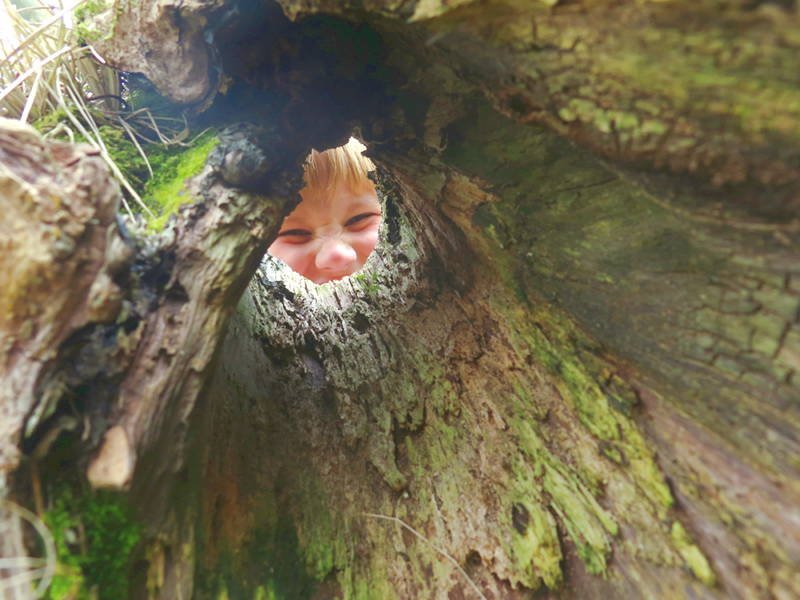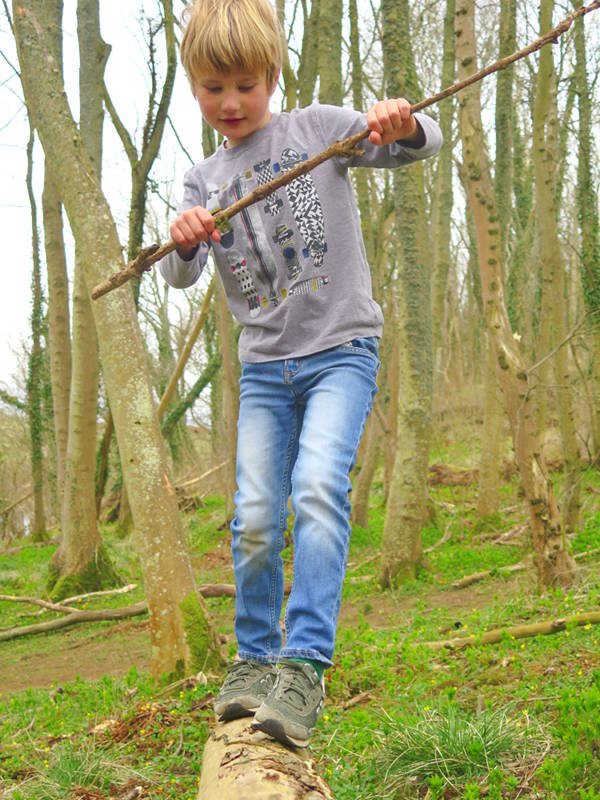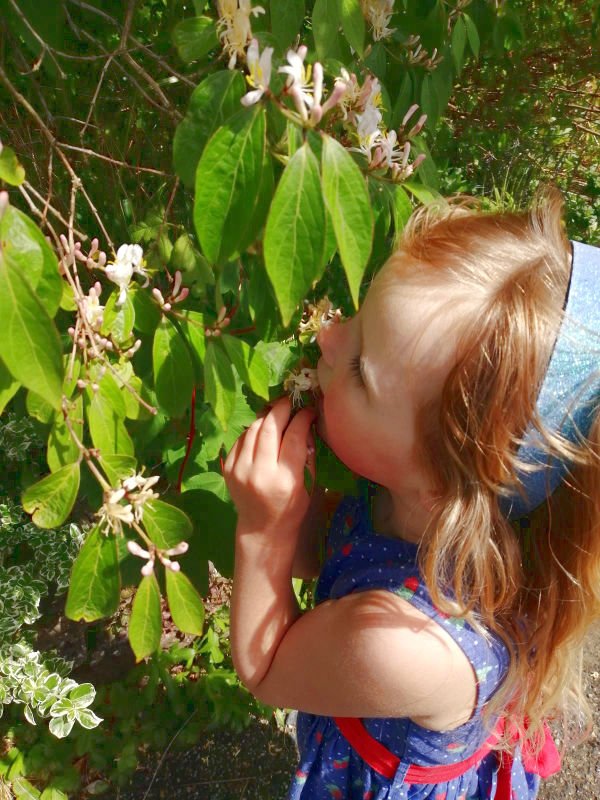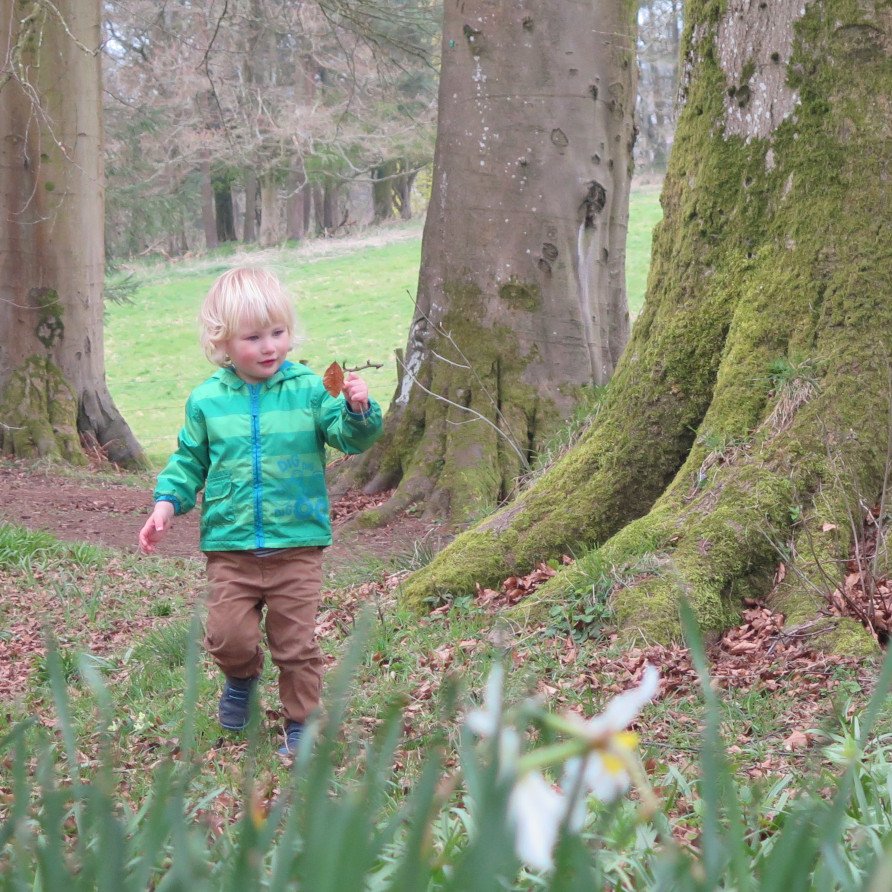UnderSky’s Top Tips for a Travelling Tale:
Imaginative outdoor story playing
Do you ever have those days where tiny feet are dragging behind and the whiney moans are louder than the birdsong? Yep, us too.
At our UnderSky play sessions we use a story to spark a little one’s imagination, drawing them into the action as the story unfurls.
Stories make sense, add meaning and build connections in our lives: they are the quintessential learning tool. You can use the power of stories with your child too and the great thing about the great outdoors is inspiration is all around you!
There are hidden stories in the plants at our feet. Every feather flap sending birds skyward is a quill spilling words into the air. There are poems in puddles, narratives in the stars and planets, an empty shell is home to a spell, a mouse hole a portal to a new world.
Take their mind for a wander along with their feet.
Here are our top tips to transform a walk with your child from fed-up to fun.
SETTING:
Location, location, location! Take inspiration from the place names around where you live. Street names are the easiest to spot and look for the names of houses and pubs too. They can give clues as to natural features before the buildings emerged: ‘Nightingale Place’, ‘Hedgehog Lane’. Being reminded of what lived here before people can stir some intriguing story ideas.
Where are we?
The geography of your story matters as it determines places to hide, things to traverse, opportunities to climb, views to gaze upon, ground to stumble over. As you walk, consider what’s about you. A tree, bench, rock, mound, puddle, shrub could all be taken literally (some children will prefer a literal interpretation) or let your imagination transform them into something new. A tree could be a skyscraper, a puddle the sea. A bench could be a bus, or that rock could be a time machine.
Pass through a portal Journey to another time, place or planet by finding an imaginative gateway to walk, jump or leap through. For example: pass through the gap between two trees growing close together, or the space between a split trunk. Where will it transport you?
CHARACTER:
Names and epithets Adding clues to someone’s character through an adjective or phrase before or after their name can be hilarious! Lolloping Laurie the Loopy Lolliper, Ambidextrous Adventurer Alexander the Salamandar, Extremely Excitable and Eagle-Eyed Evie. What epithets would you add to your names?
The woods are watching Shapes and forms in tree branches, trunks and stumps look like familiar creatures, rock faces and cliff edges weather to wonderous new characters. Add these characters to your story as you spot them – how will they behave, what do they sound like, what are their powers?
Who said that? Listen for different sounds on your walk and imagine they are the voices of your characters. What are they saying? Where might they be hiding? Can you tell how they are feeling?
Meet the monsters Stories give children space and time to contemplate moral issues and dastardly deeds. Use real life examples of when someone’s actions were debatable or choose a character from a book (why was the Big Bad Wolf so hungry that he had to eat Grandma?). Explore some potential reasons behind their behaviour by interviewing them, put them on trial, should they be punished? As natural philosophers, children enjoy exploring the ways of the world.
THEME:
Proverbs and sayings Stories often encompass a moral dilemma or thought-provoking scenario which could be added to your story journey by introducing a proverb or saying.
‘All that glitters is not gold’ - will you find the most precious thing in the woodland?
‘Beauty is only skin deep’ – Those flowers are so beautiful but are they secretly trying to poison us with their scent?
‘Appearances are deceiving’ - a slug might be slimey and yucky but might it save the day!
Wandering word walks Have fun inventing your own tongue-twisters and alliterations based on what you spot -
Six slimey slugs saved the secret squirrel
Fox found a fabulous friend far from the farm
Turn at the tall tree to find the treasure
PLOT:
Take it in turns Build your story together, one sentence at a time. As you walk gain inspiration in the features around you. Introduce characters (the protagonist or hero and the antagonist, the enemy), a challenge, solutions. Why not add restrictions to the number of words you can add each time? What about taking it in turns every three words, or two or even one!
Story Museum Look out for a suitable plinth that could be used to display some found items – a tree stump, log, rock, a mound or bare patch of ground. This will be your Story Museum where key items can be displayed. Go on a search for ‘natural artworks and useful artifacts’ and place them in your museum. Now talk through the items linking them together with imaginative and descriptive words.
Story Stick A mobile Story Museum, where key objects are tied to a stick as you continue along your walk. For this you need to remember to bring some string (grass stems can be an alternative). Weave your story around the objects you find, tying them to your story stick as you go. Can you retell the story after your walk is finished using the found items as reminders of the tale?
Push the button or slide the switch Start up a new machine, musical instrument, magical process by finding the perfect button or switch. For example, a knot in a tree, the centre of a flower, a stick at a jaunty angle, a circular spot of lichen or moss. Now, what happens when you push the button?
“The imagination is the golden pathway to everywhere.” Terence McKenna
We hope we’ve inspired some new ideas for travelling tales, as you wander with your child.
Together you can enjoy bringing a story to life, delve deep into different characters and their imaginative adventures. Children often refuse to acknowledge a story is finished (think of all those repeat readings of a favourite book). Now you’ve both invested in a new tale together the characters and themes can be relived and reimagined again and again.










